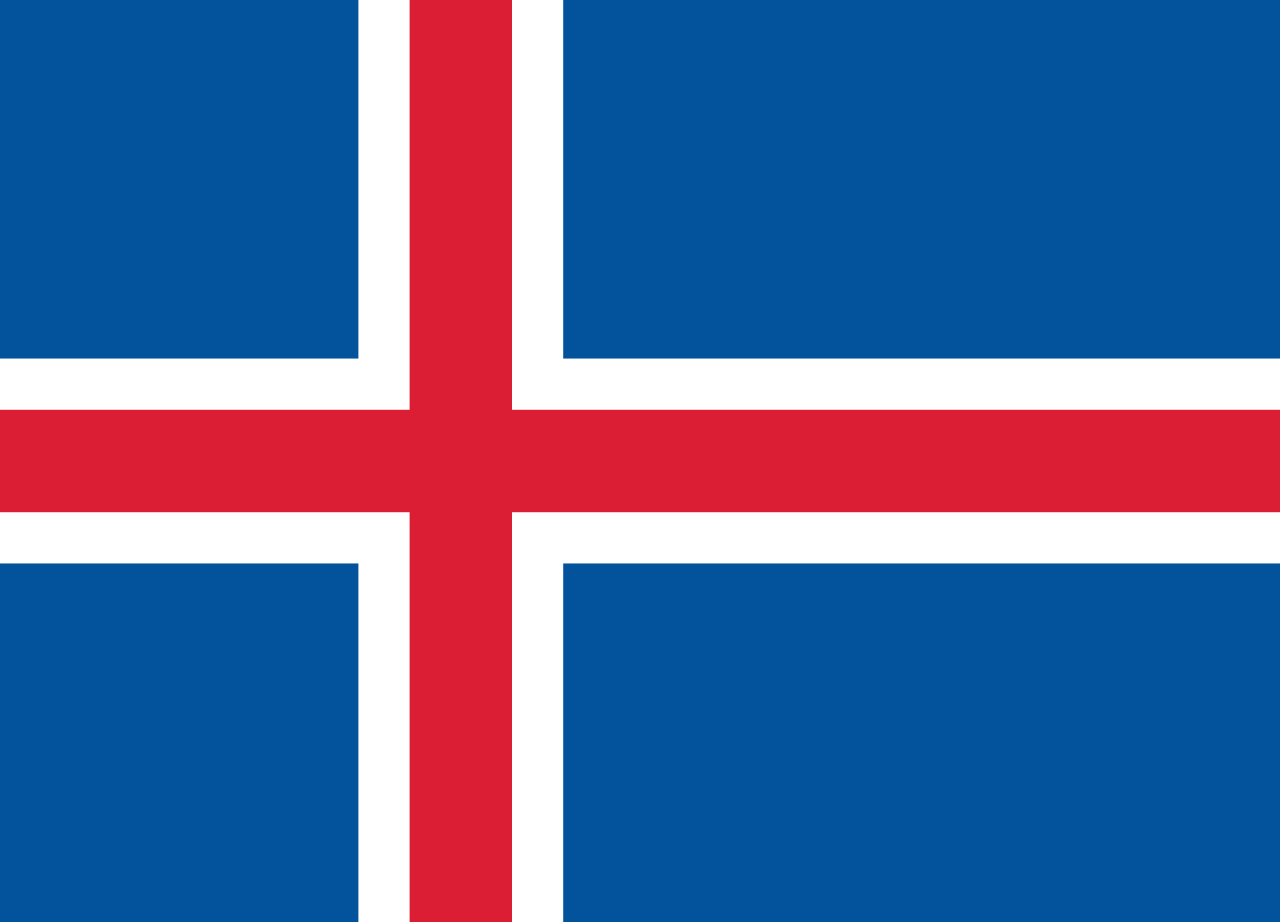
About
The Copernicus Marine Service, part of the EU’s Copernicus Programme, provides free and reliable information about:
🔵 Blue Ocean
Physical data
Example: Ocean Currents
⚪ White Ocean
Sea ice
Example: Sea Ice change
🟢 Green Ocean
Biogeochemical
Example: Clorophyll activity
Funded by the European Commission and implemented by Mercator Ocean International, it supports EU policies, international commitments, and the Blue Economy.
Its high-quality data contributes to marine protection, pollution control, maritime safety, sustainable ocean use, climate monitoring, and more. The service also helps raise public awareness by offering open access to global and regional ocean data, empowering citizens, researchers, and industries with vital ocean knowledge.
Potential Stakeholders
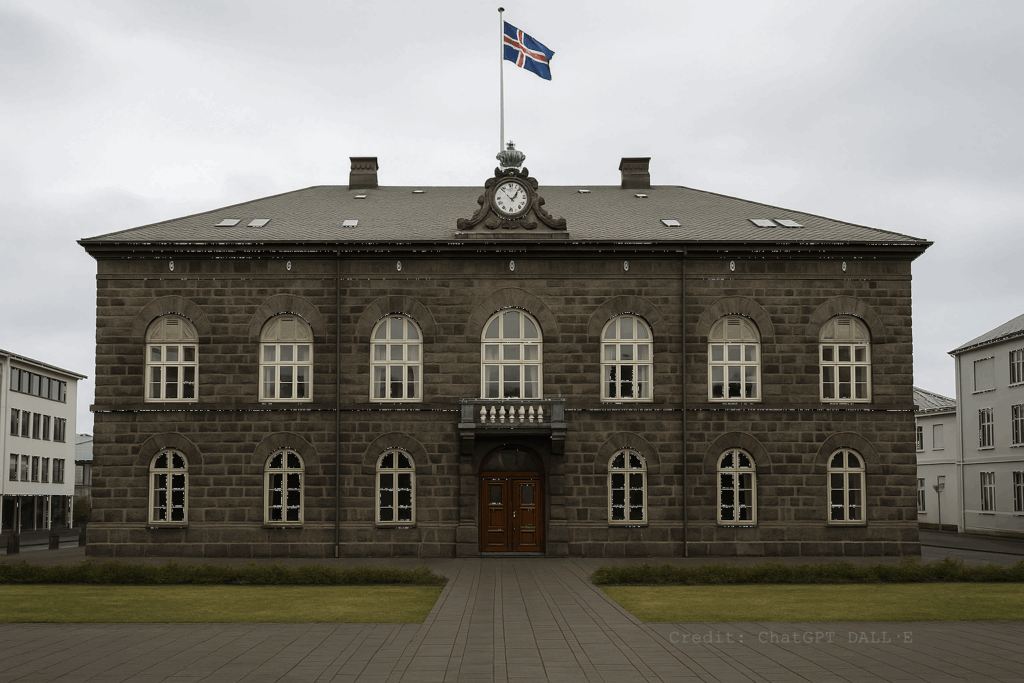
Policy Makers
Support decisions making with a readily processed data and services. Access oceans of knowledge at your finger tip.
Check out the available policy tools from Water Framework to Blue industry.
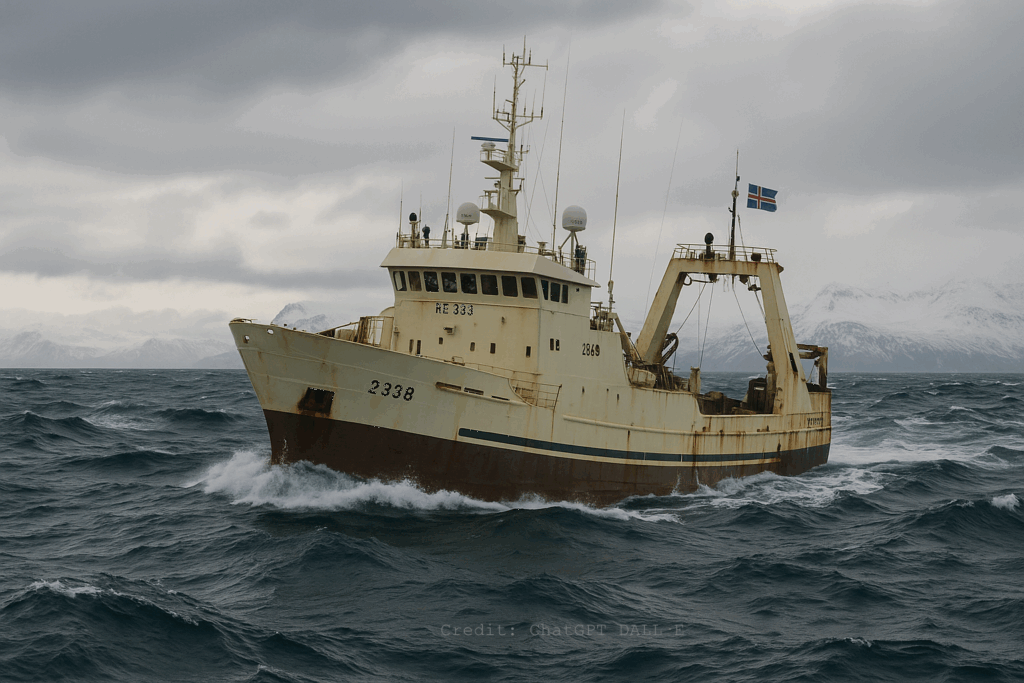
Ship Crew
Prediction of ocean conditions for safer navigation from swells to plankton concentration for a better catch.
Check out how GreenFish startup uses AI and Copernicus Data.
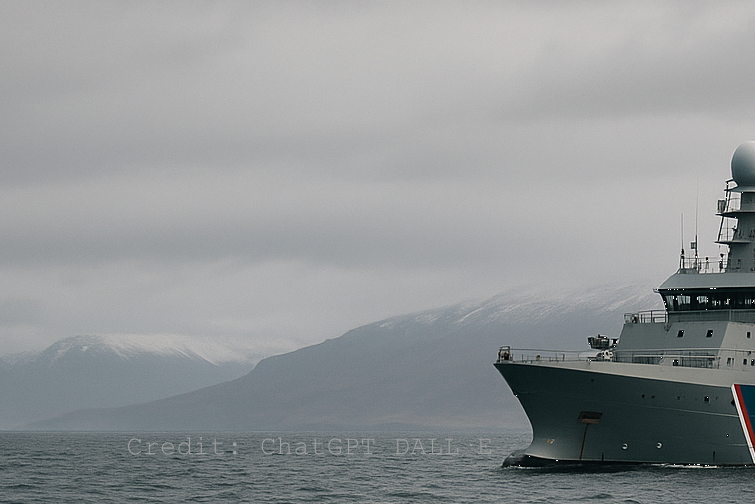
Emergency Responders
Readily respond based on forecasts to prepare for natural threats and asses the likelihood of vulnerability in specific regions.
Check out how Hefring Marine startup uses the data to minimize ship damage.
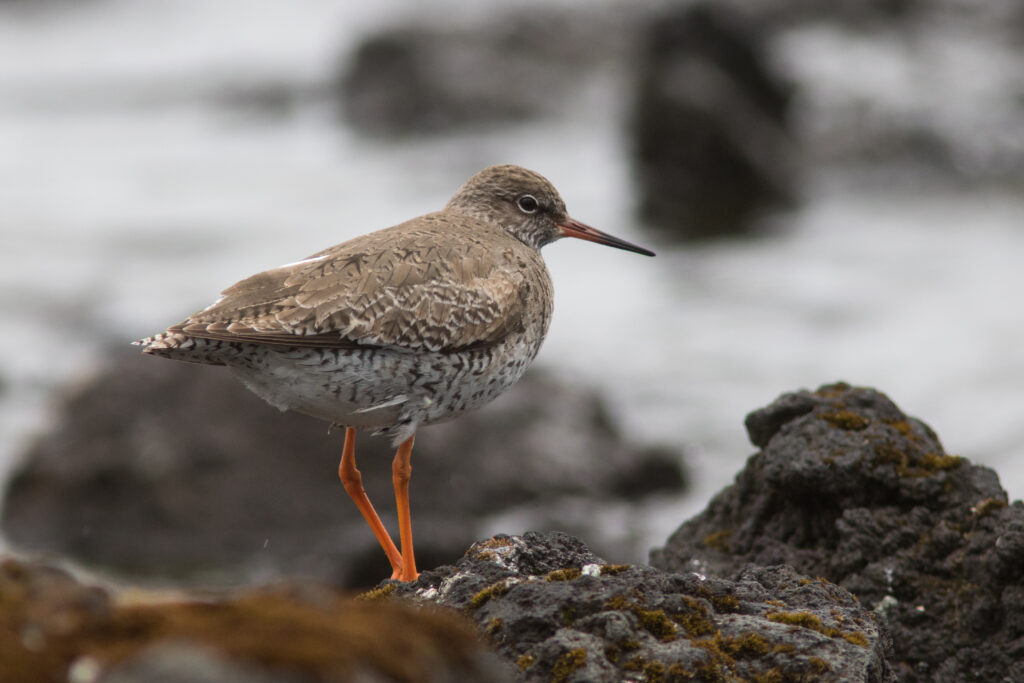
Marine Scientists
Get access to vast amounts of pre-processed data ranging from Satellite, in-situ, and numerical model-based for your research and project.
Find the right marine dataset to support your research.
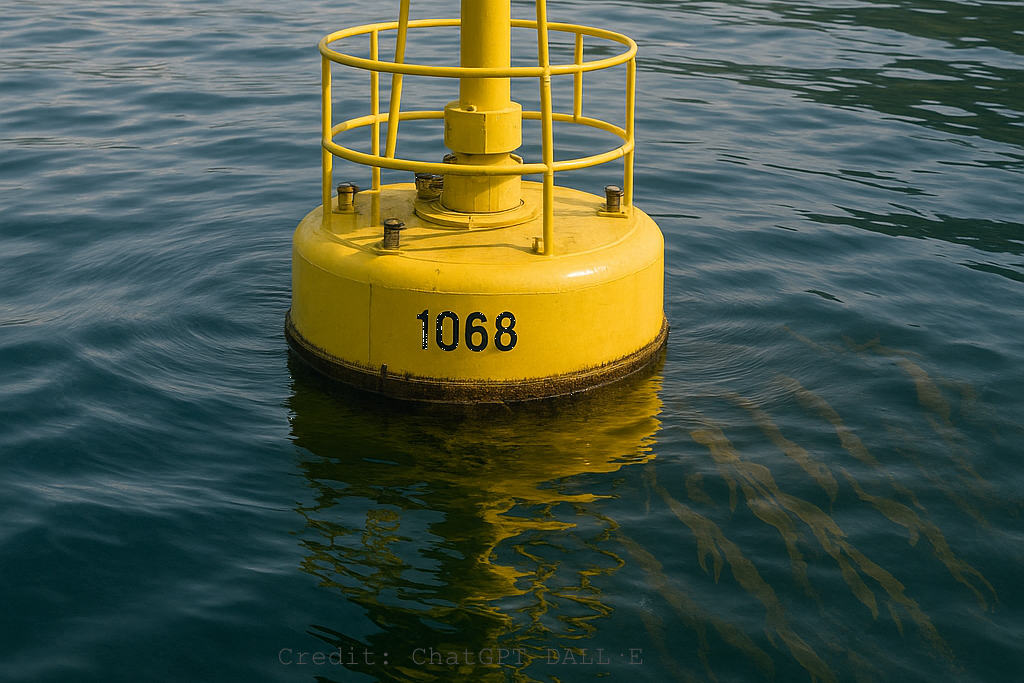
Environmental monitoring
Detect changes in sensitive environments including tracking plastics in the sea, harmful emissions or oil spills.
Check out the Ocean Monitoring Indicaors.
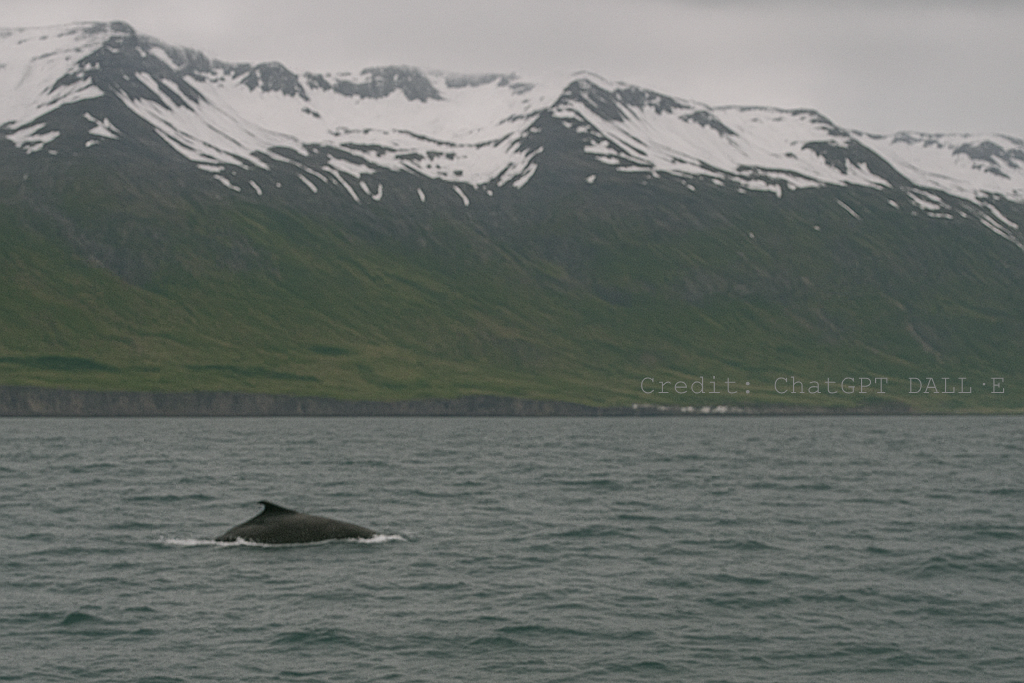
Tourism
Check sea water temperature, significant wave height and tidal times for your tours.
Find how you can support your receation or tourism acitivties with the right data.
Find out how other stakeholders and users of Copernicus Marine around the world use the data and services and find the usecase that suits you.
Blue North
Copernicus Marine NCP
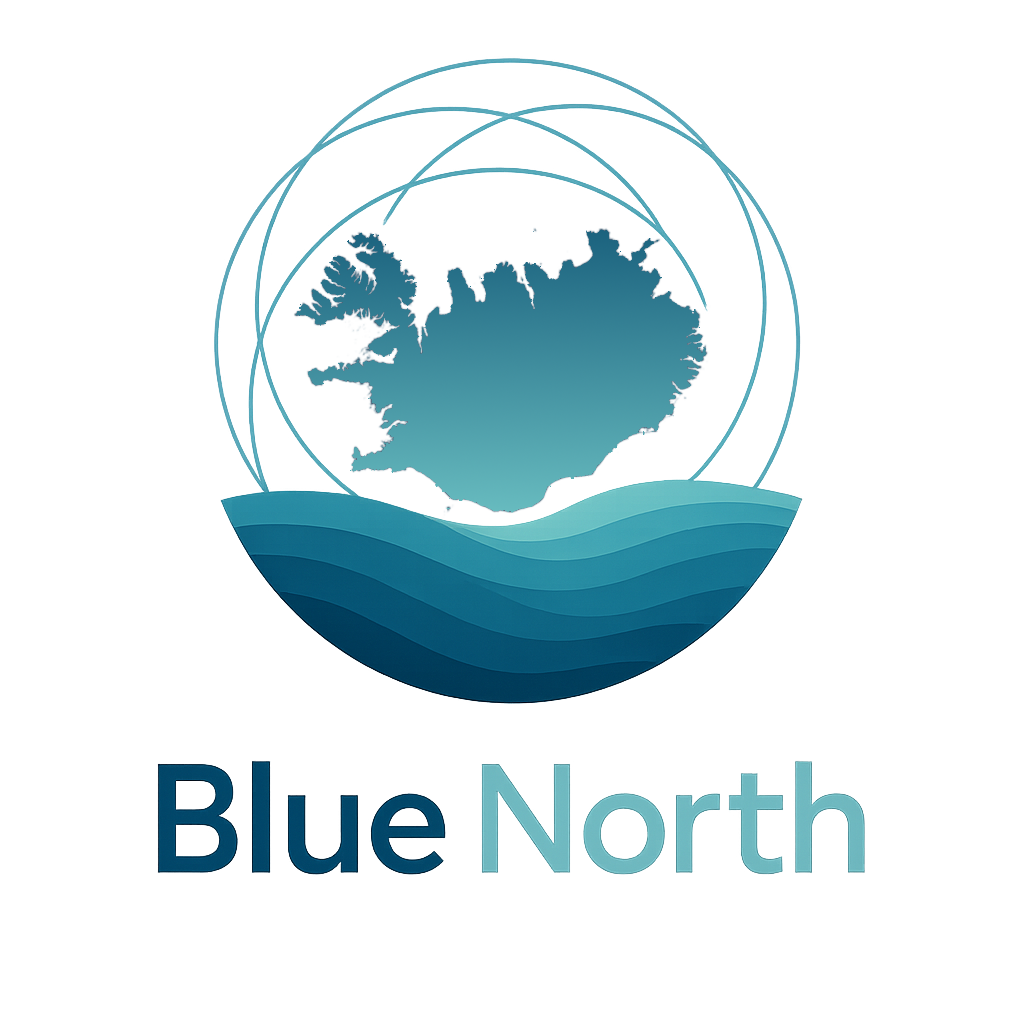
Launched in June 2025, Blue North is Iceland’s first project under the Copernicus Marine National Collaboration Programme (Lot 3) implemented by Mercator Ocean International. Lead by the University of Iceland in collaboration with the Natural Science Institute of Iceland and the Icelandic Ocean Cluster.
It aims to boost marine data literacy and user engagement, supporting national implementation of EU policies. Activities include:

Stakeholder Forum
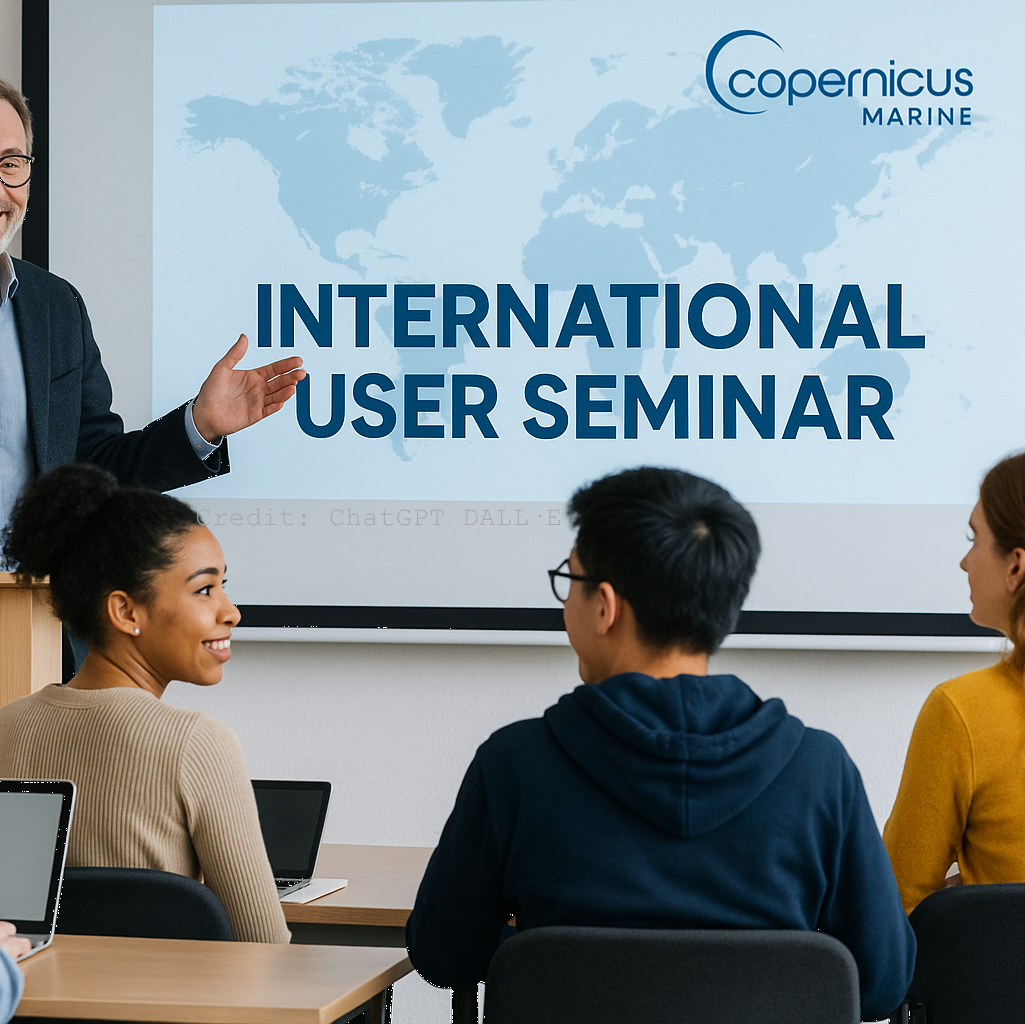
International Seminar
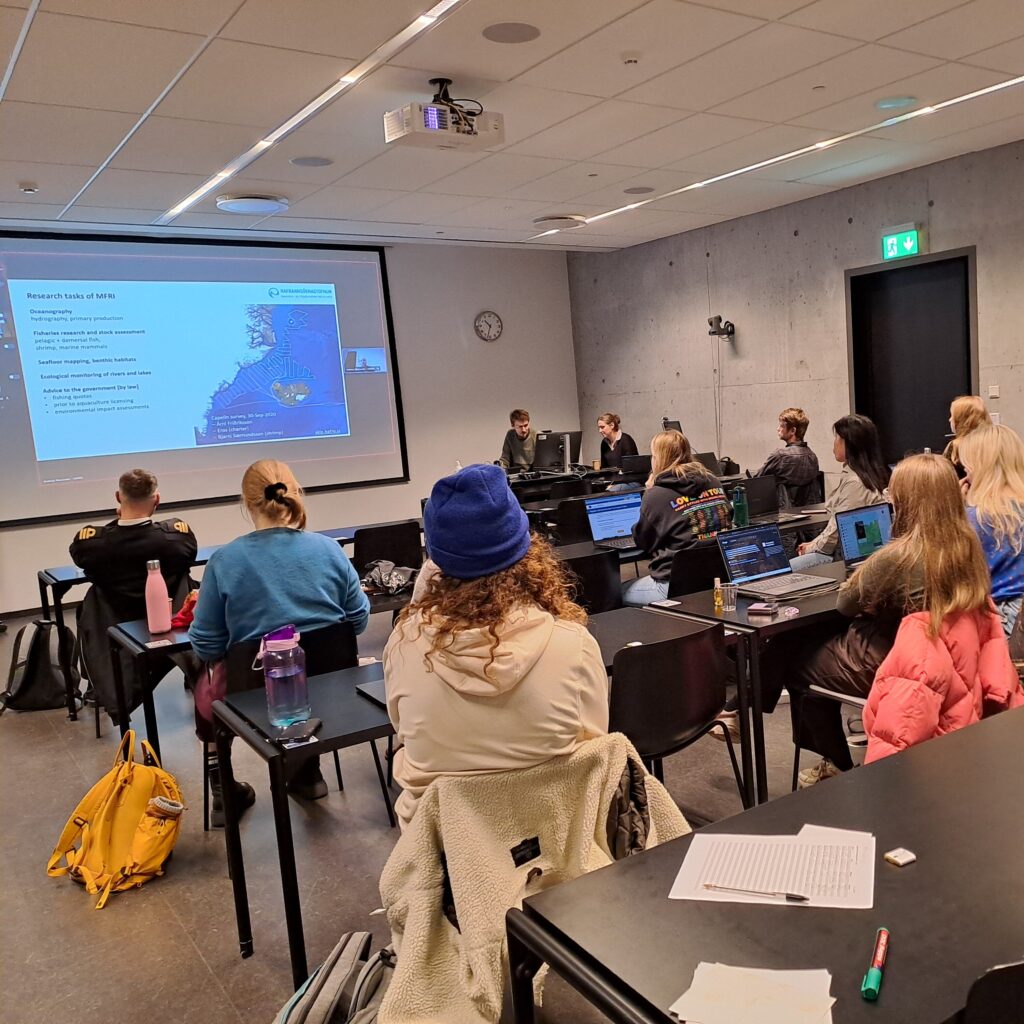
Training Workshop
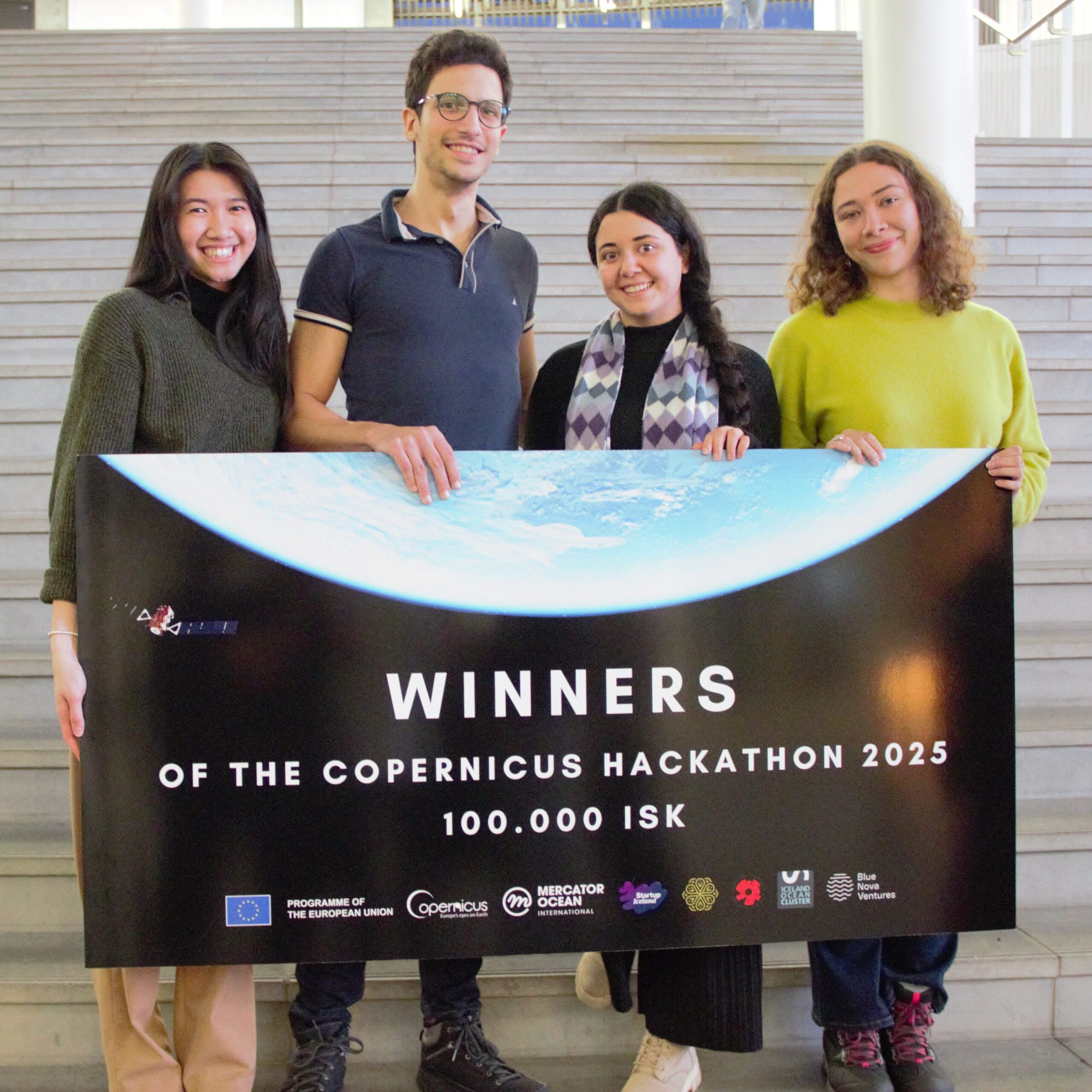
Ocean Hackathon
These initiatives build capacity, foster innovation, and promote access to marine data for sustainable fisheries, coastal monitoring, and ocean governance. Blue North Project strengthens Iceland’s position within the Copernicus community and enhances the national material with Icelandic-language resources and real-world marine applications.
Example Use Cases
Sea Ice Monitoring
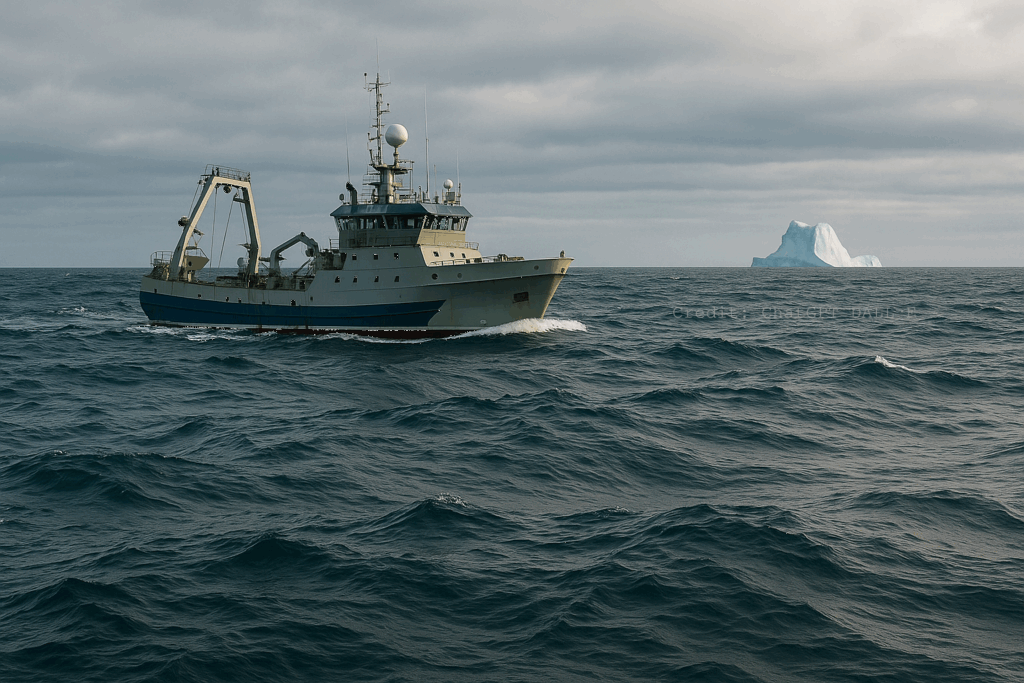
Monitor drifting sea ice, the age of the ice, its path and more using the Copernicus Marine services.
Tracking Plastic
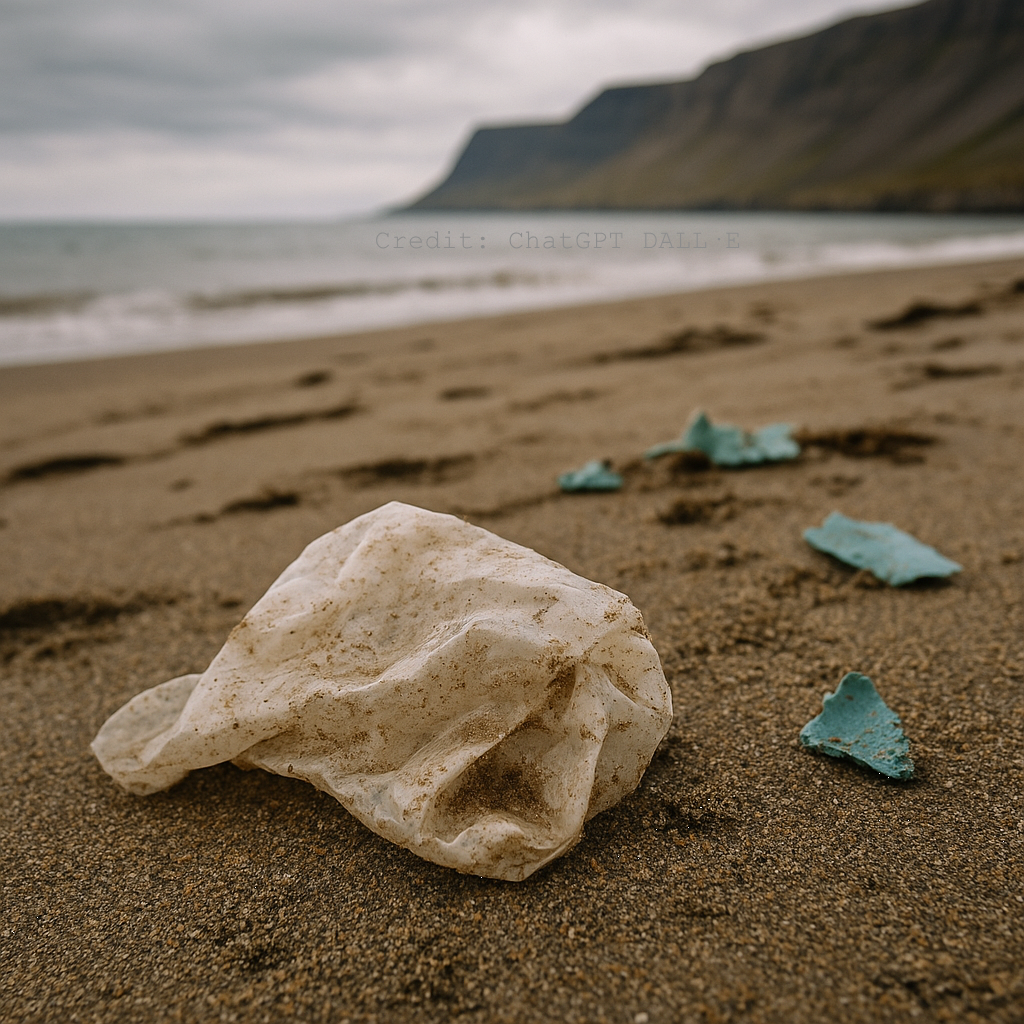
The marine data can be used to track plastic origin and plastic pathways in the ocean. Explore it here by setting a point where your plastic is starting from and see where it will end up over time. Or change setting to “Origin of Plastic” to see where it comes from.
Biological Monitoring
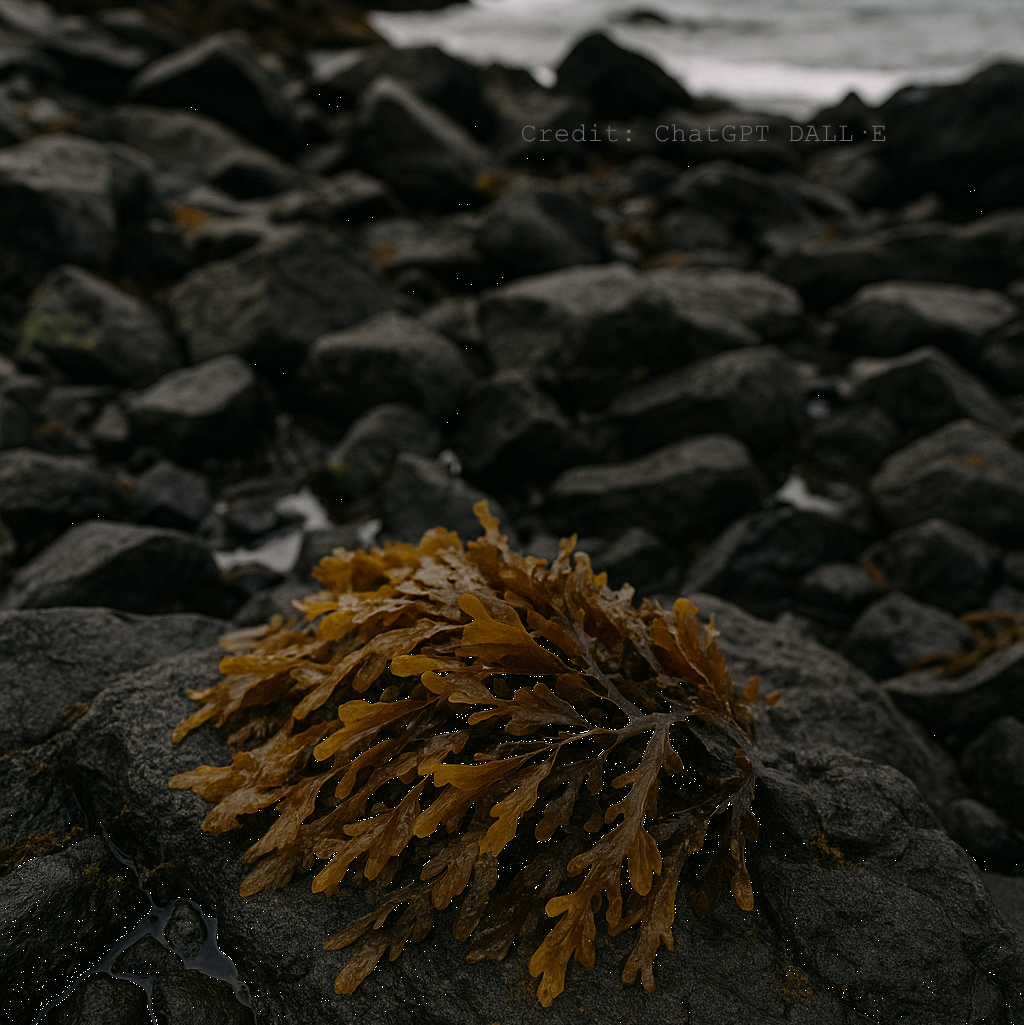
Understanding the parameters that affect a specific sea species and its migration might allow for forecasting capabilities. Here an example from the Sargassum seaweed.
Oceans of Data
Access the Data
Directly access the data in the Marine Data Viewer. Switch to Full Viewer ![]() to direct access to all available datasets and download.
to direct access to all available datasets and download.
Find more visualization tools here: https://marine.copernicus.eu/access-data/ocean-visualisation-tools
Learn
Start accessing and learning about the Copernicus Marine datasets and services in a fun and interactive way. Explore the different learning opportunities.
Copernicus Marine News

- The Copernicus Marine Service has launched the beta of the MyOcean Dashboards — interactive, customisable workspaces that put the ocean at your fingertips. Build your own view with maps, graphs and annotations, and explore marine conditions across time, space, depth and variables.
- Copernicus Sentinel-6B, scheduled for launch in November 2025, represents Europe’s next step in monitoring sea level from space. Building on the legacy of Sentinel-6A, it will extend the long-term record of ocean height observations, ensuring the continuity of high-precision satellite altimetry data feeding into Copernicus Marine’s ocean monitoring and forecasting products.
- On 4 November 2025, the Copernicus Sentinel-1D satellite was successfully launched, extending continuity of EU radar observations from space. Its data will support a range of key marine applications, including sea ice monitoring, climate studies, and safe navigation.
- As pressures on marine environments intensify, Copernicus Marine continues to evolve to support sustainable ocean management. The November 2025 catalogue update introduces new and updated products to address key ocean challenges such as sea level rise and Sargassum proliferation.
- Set for launch on 4 November 2025 from the European Spaceport in Kourou, French Guiana, Sentinel-1D will secure the uninterrupted flow of radar observations provided by Copernicus, the Earth Observation component of the EU Space Programme. It will also strengthen the Copernicus Marine Service’s ability to deliver continuous, state-of-the-art information on the ocean surface.
- Data from Copernicus Marine Service, analysed by Mercator Ocean International, show that global sea ice extent continues its long-term decline. In September 2025, Arctic sea ice extent reached its seventh-lowest minimum since 1993, while the extent in the Antarctic reached its third-lowest maximum.
Use Cases News
- The western Ligurian coastal zone, stretching from Genoa to the Cinque Terre Park, is a dynamic and vulnerable area exposed to multiple natural and human pressures. Extreme weather events—such as heavy rainfall, coastal storms, and storm surges—frequently impact ports, marinas, and tourism, threatening safety and infrastructure. The narrow coastal plains and steep topography amplify flash-flood […]
- Who we areAlongRoute is a women-led, Greek deep-tech SME that develops AI-enhanced marine weather intelligence, delivered as data and analytics, primarily to routing and fleet-management systems, and supporting in this way the digital and green transition of the maritime sector. Combining satellite, reanalysis, and in-situ data, derived from Copernicus Services, with hybrid physics-AI models, we reconstruct […]
- In late September 2025, thousands of dead fish washed ashore along the German Baltic coast near Nienhagen, Warnemünde, and Markgrafenheide. The State Agency for Environment, Nature Conservation and Geology Mecklenburg-Vorpommern (LUNG), tasked with reporting to European directives, asked EOMAP to help understand the possible causes of this sudden event. EOMAP scanned the Copernicus Marine Data in […]
- Littosat aims to provide coastal zone managers with a dashboard for spatio-temporal monitoring of coastal environment parameters, fed by satellite data from the Copernicus programme. Copernicus provides a rich source of data for understanding and monitoring the coastal environment. Littosat is designed in order to unlock these data for stakeholder responsible for managing marine protected areas […]
- Icebergs in the Barents Sea originate from glacier calving in Svalbard, Franz Josef Land, Novaya Zemlya, and Severnaya Zemlya. Compared to the massive icebergs from Greenland, those near Svalbard tend to be smaller and less numerous. Their distribution east of the archipelago is influenced by ocean currents, sea-ice coverage, and seasonal melt processes. Although their […]
Open Tenders
Find open tenders from Copernicus Marine and catch the opportunity.
Find tenders here: https://www.mercator-ocean.eu/about-us/work-with-us/calls-for-tender/
